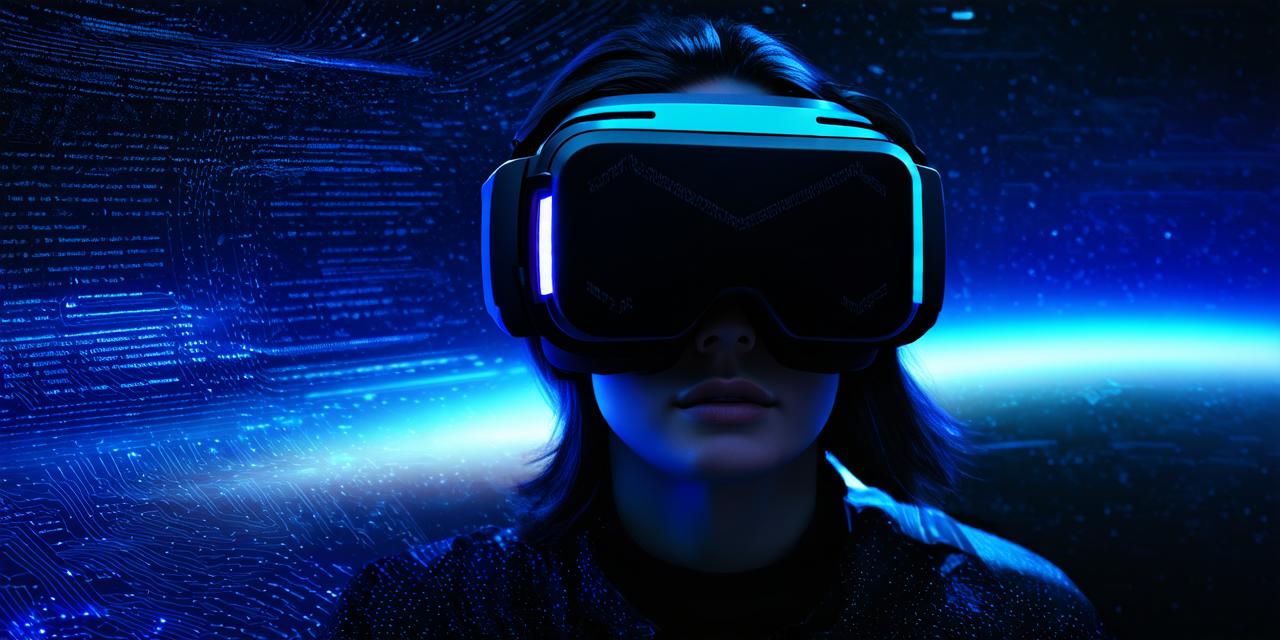
How do virtual reality headsets work?
Virtual reality (VR) technology has come a long way since its inception in the 1960s. Today, VR headsets are becoming increasingly popular, allowing users to experience immersive environments and interact with virtual objects as if they were real.
Virtual Reality Headsets: An Overview
A VR headset is a device that provides an interactive, three-dimensional environment for the user. The headset typically consists of two screens, one for each eye, that display stereoscopic images. These images are processed by the headset’s sensors and tracked by special markers on the user’s body, creating a realistic sense of depth and motion.
There are several types of VR headsets available on the market, including standalone headsets, wireless headsets, and wired headsets. Standalone headsets, such as the Oculus Quest 2, are self-contained devices that do not require a separate computer or console to function. Wireless headsets, like the HTC Vive Pro Eye, can be connected to a PC or laptop via Wi-Fi or Bluetooth, while wired headsets, such as the PlayStation VR, require a cable connection to a gaming console or computer.
How Do Virtual Reality Headsets Work?
At the heart of every VR headset is a display that projects stereoscopic images onto two screens, one for each eye. These images are processed by the headset’s sensors, which track the user’s movement and adjust the image in real-time to create a realistic sense of depth and motion.
There are several types of sensors used in VR headsets, including inertial measurement units (IMUs), optical sensors, and ultrasonic sensors. IMUs use accelerometers, gyroscopes, and magnetometers to track the user’s movement and orientation in three-dimensional space. Optical sensors, such as cameras and depth sensors, use light to measure distances and track the user’s position within the virtual environment. Ultrasonic sensors use sound waves to measure distances and create a sense of depth.
The VR headset also uses special markers, or tracking points, that are attached to the user’s body. These markers are visible to the headset’s sensors and allow the system to track the user’s movement in real-time. The sensors then use this data to adjust the image on the screens, creating a seamless and immersive experience for the user.
The Importance of Eye Tracking
One key feature of VR headsets is eye tracking, which allows the system to adjust the image on the screens based on where the user is looking. This creates a more realistic sense of depth and motion, as objects in the virtual environment appear to move and change position when the user looks at them from different angles.
Eye tracking can also improve the overall comfort and usability of VR headsets. By adjusting the image based on where the user is looking, the system can reduce eye strain and fatigue, making it easier for users to spend extended periods of time in virtual environments.
Real-Life Applications of Virtual Reality Headsets
Virtual reality headsets have a wide range of applications across various industries, including gaming, education, healthcare, and more. In gaming, VR headsets provide an immersive experience that allows players to feel like they are truly inside the game world. In education, virtual field trips and simulations can help students learn about history, science, and other subjects in a more engaging and interactive way. In healthcare, VR headsets can be used for therapy, rehabilitation, and training medical professionals.



